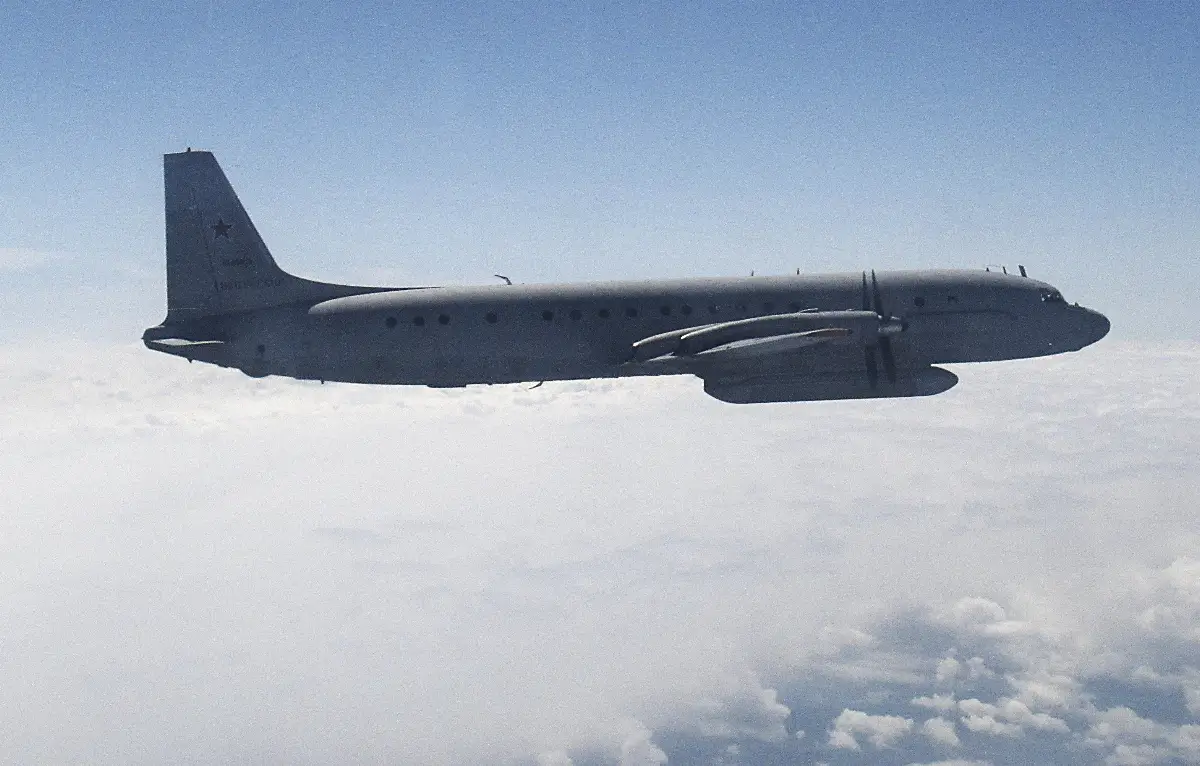
RAF Typhoon fighters intercept Russian spy plane over the Baltic Sea
An Ilyushin Il-20M detected near NATO airspace triggers British and Danish quick response

Two Royal Air Force (RAF) Typhoon FGR4 fighters, deployed from their advanced operating base in northern Poland, were scrambled last Saturday to intercept a Russian aircraft transiting near NATO airspace. The incident underscores the constant readiness of the Alliance’s air forces to safeguard their borders. This was disclosed today by the RAF itself.
The aircraft in question, an Ilyushin Il-20M known by the NATO codename "Coot-A", is a reconnaissance and surveillance platform for communications intelligence and electronic signals. It had already been intercepted and escorted earlier that same Saturday by three other pairs of Allied aircraft. Those aircraft disengaged once the Il-20M turned toward Kaliningrad airspace.
However, once inside Kaliningrad airspace, the Russian aircraft changed course again, heading southwest toward Polish airspace. This maneuver prompted NATO to scramble the RAF Typhoons. The aircraft then turned northwest, flying over the Baltic Sea north of Poland, within international airspace. The Typhoons intercepted the aircraft as it exited Kaliningrad airspace and escorted it until it was "handed over" to the Danish Quick Reaction Alert (QRA), which continued the escort.
RAF personnel from No. II (Army Cooperation) Squadron, part of the 140th Expeditionary Air Wing (EAW), are currently conducting QRA missions under NATO’s Enhanced Air Policing (eAP) operation, named "Chessman", through which the United Kingdom contributes to the NATO air surveillance mission. RAF personnel are deployed at Malbork Air Base and operate under the command of the 140th EAW, alongside Swedish personnel, the newest member of the Alliance.
The standard procedure for this type of interception requires NATO fighters to assume a non-threatening position, typically "at 3 o’clock or 9 o’clock" relative to the unknown aircraft, depending on weather conditions and the target’s heading. This is to avoid any aggressive interpretation of the maneuver. “NATO remains vigilant and ready to safeguard allied airspace 24 hours a day, 7 days a week", the RAF stated, emphasizing that “this is a clear demonstration of the United Kingdom’s commitment to collective defense".
AVIONEWS - World Aeronautical Press Agency